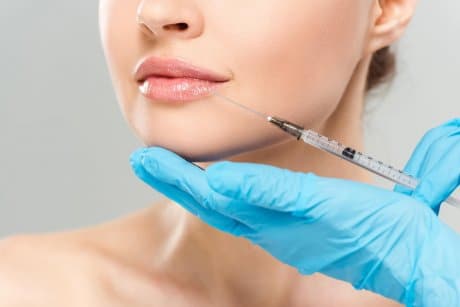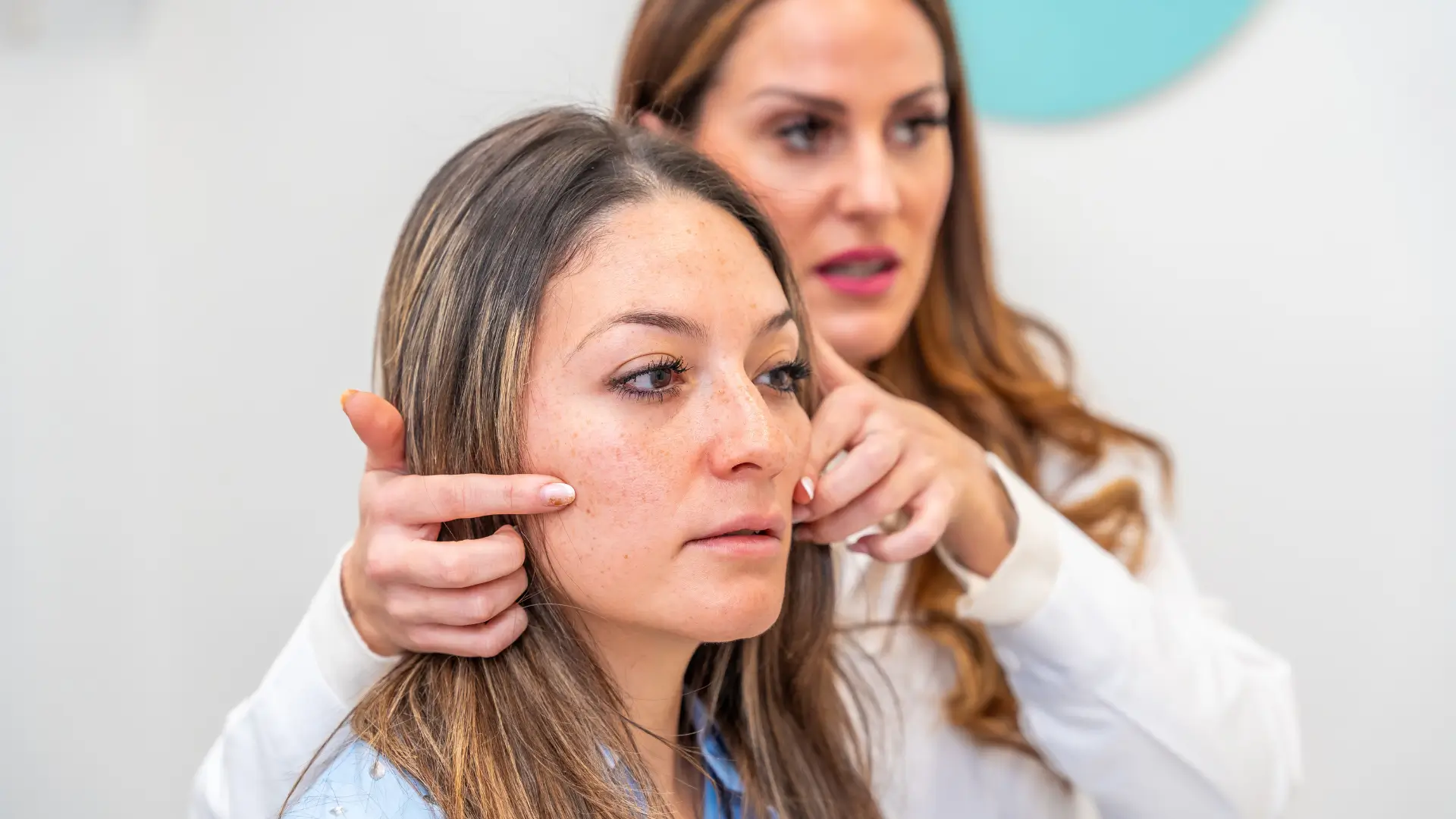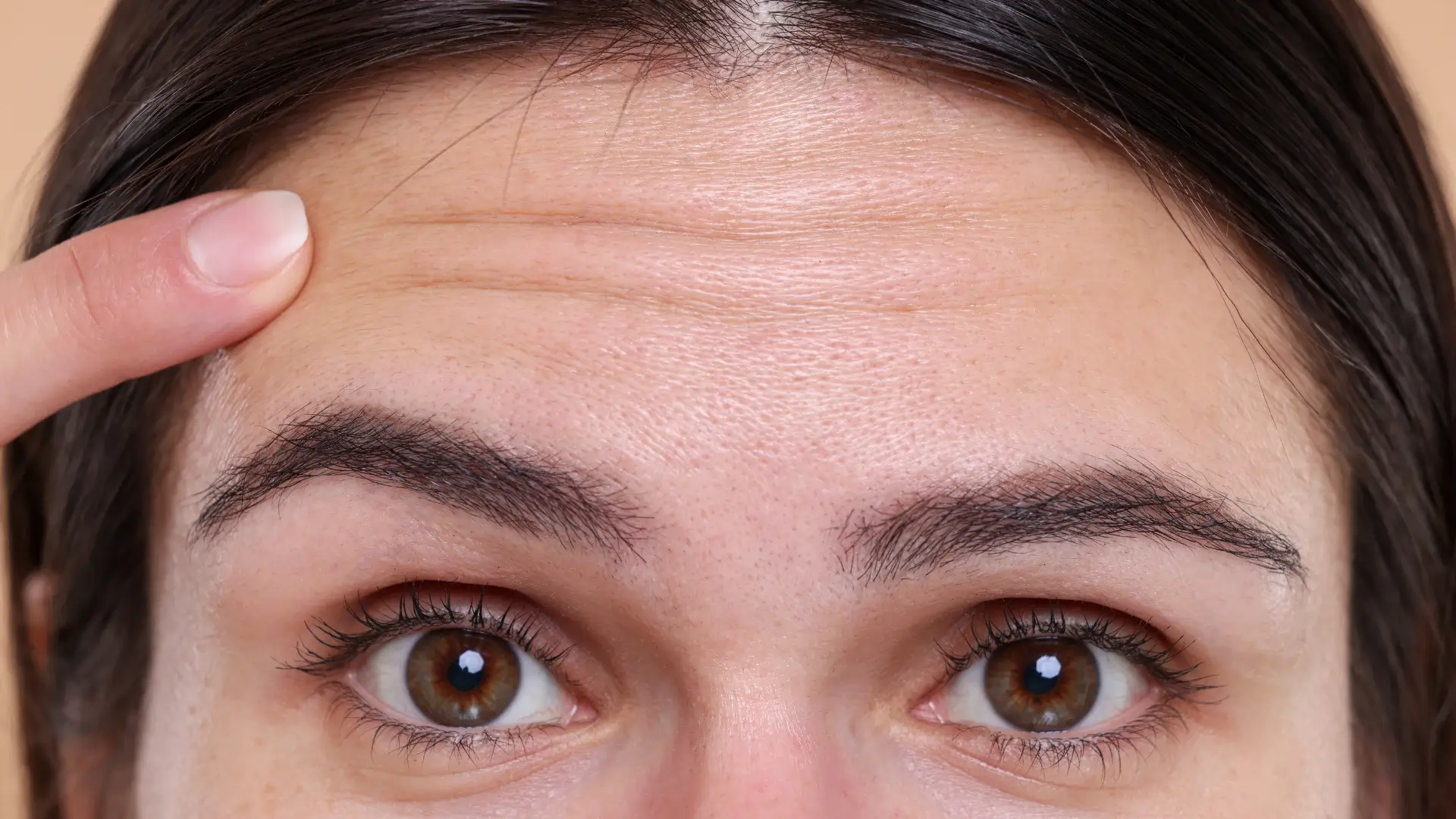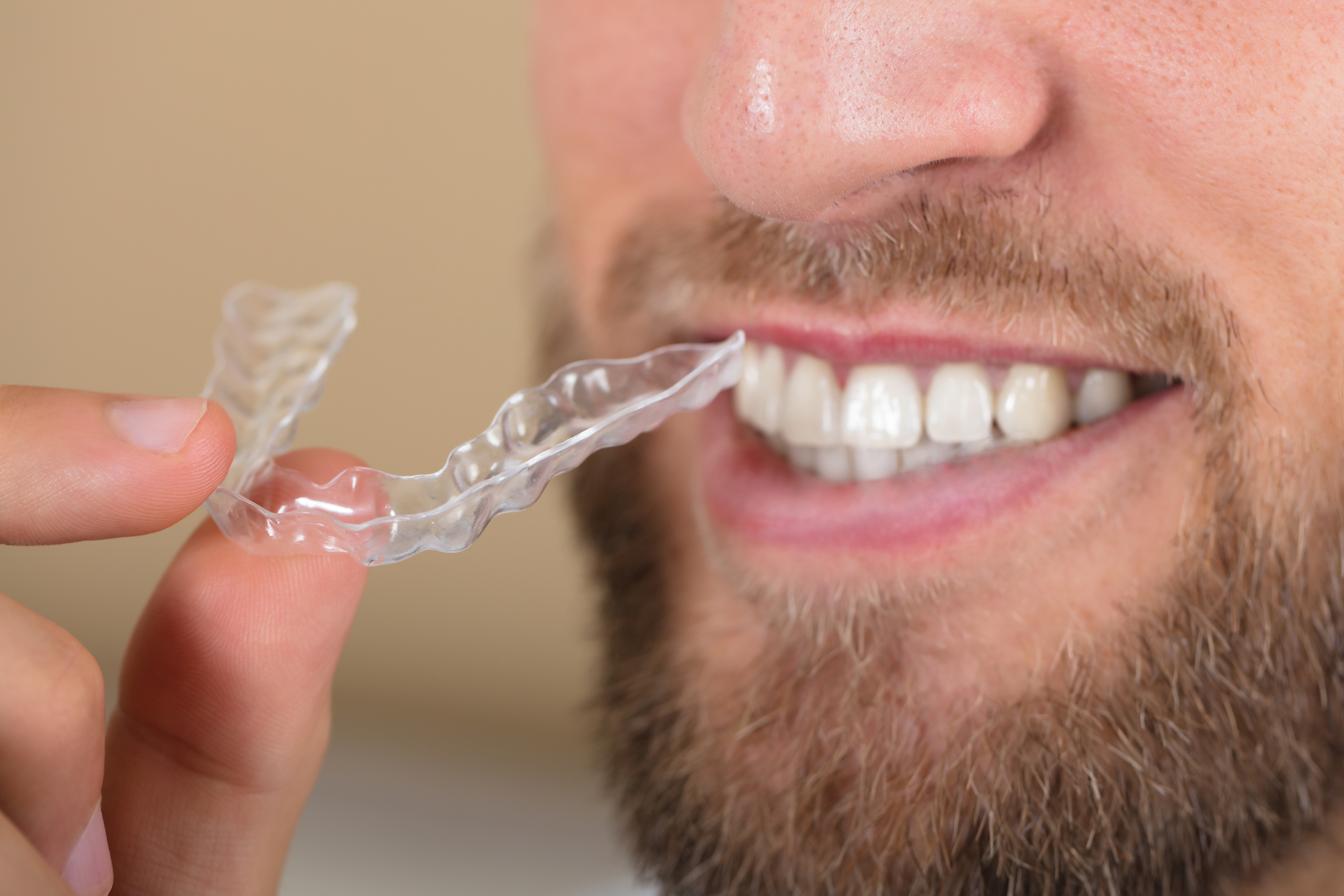Disclaimer: Only trained professionals should perform dermal filler injections to the lips to avoid risks to the patient’s health. Lip dermal fillers can only be sold to certified aesthetic doctors, plastic surgeons, or special beauty clinics.
Lip augmentation with fillers is one of the most popular non-surgical procedures worldwide.
The main aim of dermal lip fillers is to add volume and elasticity and smooth out wrinkles. Fillers help eliminate asymmetry, align the lip contours, make lips plumper, and raise drooping corners.
Modern fillers are based on collagen, hyaluronic acid, and calcium. The lips gain the desired shape and volume less than an hour after the filler injection. Depending on the chosen filler, the desired effect lasts six months to three years.
Lip fillers are divided into two categories: permanent, which do not dissolve, and biodegradable fillers, which dissolve over time.
Permanent fillers were commonplace when the world started doing aesthetic injection procedures. Such preparations are made from synthetic materials: mostly biopolymer and polyacrylamide gels.
These gels have many delayed side effects. They do not degrade naturally, can be absorbed unevenly in the tissues, and settle in lumps in different areas of the lips.
Lumps of permanent filler cannot be removed if they were inserted more than ten years ago, as filler grows into the tissues. If the gel has been in the lips for a few years, it can be removed surgically. However, after surgery, scars may remain on the lips.
Biodegradable fillers are used to increase and moisturize the lips. Most often, these are preparations of stabilized hyaluronic acid.
Hyaluronic acid is a natural moisturizer that exists in human tissues. The body produces hyaluronic acid until a certain age, but its quantity decreases as tissues degrade with age. Introducing filler improves the lips’ condition and makes them plumper.
The body eliminates collagen fillers at high speed.This is undeniably a drawback, but such injectables stimulate the production of the body’s collagen, leading to natural skin improvement.
Lip Filler Migration
Getting lip filler treatment for a fuller, puckered pout remains one of the most talked-about cosmetic trends, but what’s less talked about is one of its potential side effects: lip filler migration or swelling of the lips.
This refers to a condition where the filler gel used in the area of the lips moves from the injection site, creating unnatural volumes and reliefs.
This potential side effect isn’t harmful; it could scare a patient as it’s not the result they expect when undergoing this noninvasive procedure. Fortunately, it isn’t permanent, and you can take measures to avoid it.
Why Does Filler Migrate?
Most specialists believe that the migration of fillers occurs due to incorrect administration of the drug. Both the technique and the amount of the product play a role here.
Of course, there is no specific universal dosage, as various individual nuances take place here. However, hypercorrection is one of the frequent causes of gel migration. Over-injecting the lips can stretch them beyond their natural capacity to accommodate the additional volume.
This excessive stretching can cause the dermal filler to migrate into neighboring areas, resulting in an unnatural or uneven appearance. Therefore, injectors need to exercise caution and avoid using too much filler. You can control the amount of filler injected into any area. A less-is-more approach helps to ensure the gel is properly contained within the intended location.
In addition, the gel may not stay where it is supposed to be due to its superimposition on top of the previous filler. As a result, it simply has nowhere to go and will flow along the path of least resistance – often a little higher than the lips.
Also, among lip filler migration causes are injections that are too superficial or too quickly performed – which leads to the filler getting into the wrong tissue layer.
An incorrect selection of the filler is equally a problem. Each cosmetologist has a personal arsenal of products with different compositions and properties. It’s necessary to clearly understand which drug is more suitable for which zone – or for these or other individual characteristics of the patient.
Thicker, dense textures are injected deep into the tissues to create a lifting effect and increase the cheeks or chin line volume. Whereas light, liquid textures are applied superficially to smooth out fine wrinkles or create a light, natural lip volume. Migration is likely if you use fillers not intended for the zone you treat, such as thick gels in delicate areas.
A small percentage of patients can also experience lip filler migration due to an immune system response triggered by an illness or allergic reaction.
How To Understand That The Filler Has Migrated?
The predominant signs are unnatural volume, swelling, and lumpiness. When the filler migrates, the lips’ upper border may become less clear, and bumps may form on the skin above the lip. Another indicator to look for is difficulty closing the lips.
Migration is easily confused with edema, so informing a patient about such symptoms is essential. The fact is that many fillers attract water, and because of that, they can cause temporary swelling.
If hypercorrection is the cause of lip filler migration, it manifests itself quickly. But if it happens due to incorrect technique or short intervals between injections, then it only becomes noticeable after a few months.
Prevention and Management of Lip Filler Migration
First, always discuss a patient’s health during the preliminary consultation to detect the contraindications to the procedure.
Here are some tips for you to prevent lip filler migration during the injection process:
• Understand facial anatomy. It is vital to thoroughly understand facial anatomy and, more specifically, the lips’ anatomy to determine the correct filler placement. The doctor must be aware of the different layers of the lip and the muscles that surround them.
• Use the appropriate injection technique for the area being treated. Slow and gentle injections are recommended to prevent lip filler migration.
• Place filler strategically where the lips need the most volume or contouring. Avoid injecting too close to the lip’s border or the mouth’s corners to prevent migration.
• Choose the suitable filler for the procedure – only use HA gels for lip augmentation, and ensure you select a filler with the appropriate viscosity.
• Use the appropriate amount of filler: Use the appropriate amount of gel for the patient’s desired outcome. Overfilling can cause the filler to migrate.
• Have the patient move their lips during the injection: Having the patient move their lips during the injection can help ensure the filler is placed in the correct area and prevent migration.
• Provide aftercare instructions to the patient to minimize swelling and promote healing. Advise them to stay out of the sun, avoid saunas, touch or massage their lips, and not to exercise intensely or take very hot showers for at least 24 hours after the procedure.
• Schedule follow-up appointments to monitor the patient’s healing process and address any concerns they may have.
Always remember to prioritize patient safety and satisfaction. If you have any concerns about filler migration, discuss this with the patient and adjust the treatment plan accordingly.
If a patient experiences lip filler migration, doctors have several options available on how to fix migrated lip filler:
• Hyaluronidase: You can eliminate migrated HA-based filler with a particular hyaluronidase enzyme. Injecting hyaluronidase can dissolve the filler and reduce migration. Hyaluronidase breaks down hyaluronic acid, the primary ingredient in most lip fillers. However, this substance must be introduced precisely where migration is present. Otherwise, it is possible to get a deficit in the patient`s volume of hyaluronic acid.
• Steroids: Injecting steroids into the affected area can reduce swelling and inflammation, which can cause the filler to migrate.
One of the natural ways to manage lip filler migration is massage. It can help redistribute the filler and encourage it to settle into the intended area.
• Cold compress: Applying a cold compress can reduce swelling and inflammation, which can contribute to filler migration.
• Wait it out: HA-based <ahref=”https: old.medicadepot.com=”” dermal-fillers.html”=””>dermal fillers dissolve over time. Yes, preparations based on hyaluronic acid require an average of 6 to 18 months to degrade. Therefore, even if migration is an unsightly cosmetic effect, it will disappear over time and generally pose no health risk.</ahref=”https:>
• Adjust the treatment plan: Work with the patient to adjust the treatment plan to address any issues with the lip filler migration.
Doctors must communicate with their patients about the potential risks and side effects of lip fillers, including migration. Proper technique, appropriate filler selection, and careful patient selection can help minimize lip filler migration risk.
If the patient does experience migration, the doctor can work with them to develop an appropriate plan to address the issue and achieve a satisfactory outcome.
Conclusion
To summarize, lip filler migration is a potential risk associated with lip augmentation procedures. To minimize the migration risk, doctors should prioritize patient safety by carefully selecting appropriate candidates, choosing the filler, using the correct injection technique, and providing clear post-treatment instructions to patients.
In the event of migrating lip filler, you can work with the patient to develop an appropriate treatment plan, including options such as hyaluronidase, massage, cold compress, steroids, or adjusting the treatment plan.
Ultimately, by taking a cautious approach and remaining attentive to potential complications, you help ensure your patients achieve natural-looking, satisfying outcomes from lip augmentation procedures.
FAQ
Does lip filler migration go away?
A migrated lip filler does organically dissolve within the body, as time passes. Even so, it is possible to speed up this process by injecting hyaluronidase enzyme.
How long does it take for lip filler to migrate?
Lip fillers aren’t a permanent solution, so after approximately 6-18 months (depending on the filler specified), the body naturally will metabolize the filler, breaking it down so the migration stops.
How do you stop lip fillers from migrating?
To prevent lip filler migration, you must use the injection technique with the fewer injections possible. The more “holes” you make, the more likely lip filler will migrate above the lip.
References
Blandford A, Hwang C, Young J, Barnes A, Plesec T, Perry J. Microanatomical location of hyaluronic acid gel following injection of the upper lip vermillion border: comparison of needle and microcannula injection technique. Ophthal Plast Reconstruct Surg J. 2018; 34:(3)296-299 https://doi.org/10.1097%2FIOP.0000000000000960
Broder K, Cohen S. An overview of permanent and semipermanent fillers. Plast Reconstruct Surg J. 2006; 118:(3 Supp)7s-14s https://doi.org/10.1097/01.prs.0000234900.26676.0b
Cox S, Adigun C. Complications of injectable fillers and neurotoxins. Dermatol Ther. 2011; 24:(6)524-536 https://doi.org/10.1111/j.1529-8019.2012.01455.x
Demosthenous N. Lip augmentation. PMFA News Journal. 2017; 4:(3)1-3
De Boulle K. Management of complications after implantation of fillers. J Cosmet Dermatol. 2004; 3:(1)2-15 https://doi.org/10.1111/j.1473-2130.2004.00058.x
Eversole R, Tran K, Hansen D, Campbell J. Lip augmentation dermal filler reactions, histopathologic features. Head Neck Pathol. 2013; 7:(3)241-249 https://doi.org/10.1007/s12105-013-0436-1
*Disclaimer: The contents of this article are not to be constructed as medical advice but for informational purposes only. MedicaDepot staff does not review any of these articles for medical validity. Opinions and views expressed in this article are not endorsed by MedicaDepot. Please always consult your doctor for professional medical advice.








